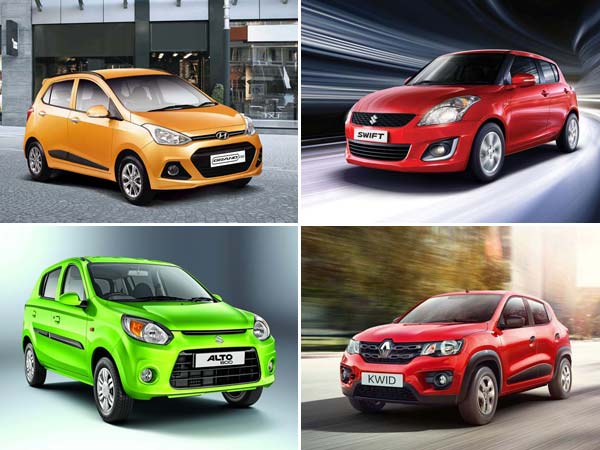Table of Contents
Introduction
India has an unique automotive industry that sets it apart from many other countries when it comes to cars. The increasing number of small engines in Indian automobiles is one remarkable factor that is difficult to ignore. Given how many compact cars are on Indian roads. It is usual to wonder why local manufacturers don’t build vehicles with larger engines, similar to those in American automobiles. Have you ever questioned the reason for this? We’ll look into the interesting world of Indian autos in this blog to see Why Do Cars in India Have Small Engines?
The Great Hunt for Fuel Efficiency
The ongoing search of fuel efficiency is one of the main causes for the broad adoption of small engines in Indian automobiles. India has one of the greatest populations in the world, which results in a regularly high need for fuel. Automakers have chosen smaller engines as a cost-effective solution to meet this demand.
1. Fuel Economy: Smaller engines are the best option for a nation that prioritise fuel efficiency because they use less fuel. For many Indians, owning a car that consumes less fuel than it does is vital due to the increasing cost of petrol and diesel.
2. Lower Pollution: Compared to their larger variations, small engines typically produce fewer pollutants. This is in keeping with India’s efforts to reduce its environmental impact and fight air pollution, particularly in urban areas with large populations.
Regulatory and Taxation Factors
The growing number of small engines in India has been greatly affected by taxes and regulations on automobiles. For a number of reasons, the government has adopted regulations that encourage smaller engines:
1. Lower Taxes: Smaller engines frequently fall under lower tax brackets, making them more consumer-friendly. Because the Indian market is price-sensitive, this motivates automakers to create cars with smaller engines.
2. Road Tax: Road taxes are determined by many Indian states according to engine size. The entire cost of owning a car can be greatly impacted by smaller engines because they suffer less road tax.
Demand Dynamics
The demand of the local market is one of the key factors that determine engine sizes in Indian cars. India has a diverse population, including a sizable middle-class population. This results in particular tastes and needs.
Marketplace Rivalry
Many manufacturers are fighting for customers’ attention in the highly competitive Indian car market. By appealing to a larger client base, smaller and more fuel-efficient engines provide a competitive advantage.
Parking Issues and Urban Congestion
Indian cities are known for their heavy traffic and lack of parking. In addition to being more fuel-efficient, smaller engines are also easier to navigate in crowded city streets. The fact that they are simpler to park in small spaces is a big benefit for city people.
Affordability and Maintenance
The cost of ownership is a major factor when deciding which car to buy in a market where more than safety, pricing is an major issue, such as India. Smaller engines are more affordable to buy upfront and require less maintenance over time. They are therefore a desirable option for middle-class Indians. For Indian car owners, maintenance and repair costs are a major problem. Because they have fewer complicated parts and use less oil and other materials, smaller engines are typically simpler and less expensive to maintain.
Conclusion
So why are Indian cars driven by such little engines? The search of fuel efficiency, taxation policies, regulatory requirements, and the particular difficulties caused by India’s urban environment are some of the factors that contribute to the response. In addition to helping Indian consumers save money, small engines have benefited the nation’s efforts to cut pollutants and preserve fuel.
We could see improvements to engine technology that will improve the performance and efficacy of small engines as the automobile industry continues to develop. However, since the changing nature of the Indian automotive market, consumer tastes may shift over time. We might see a gradual shift toward larger engines in some Indian market segments as technology develops and consumer needs change. But for the time being, Indian cars continue to be powered by modest engines, allowing millions of people to enjoy the freedom and comfort of personal transportation without hurting the bank or affecting the environment.

